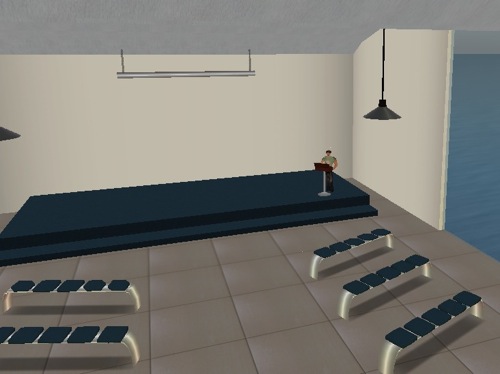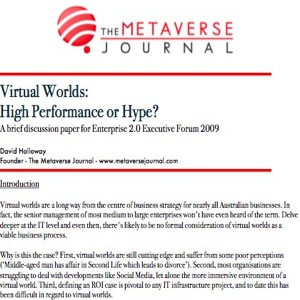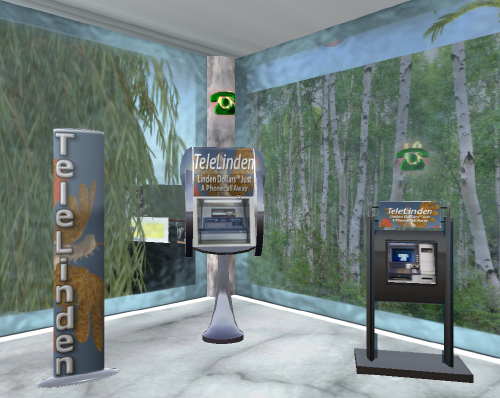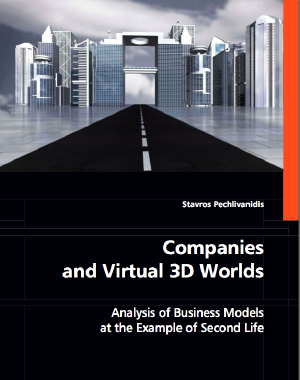 VastPark have announced the launch of VastPark 3C (Community Collaboration Centre), which “connects an easy-to-use social network platform with an immersive real time meeting system, allowing users to self organise within a collaborative environment.”
VastPark have announced the launch of VastPark 3C (Community Collaboration Centre), which “connects an easy-to-use social network platform with an immersive real time meeting system, allowing users to self organise within a collaborative environment.”
It’s another noteworthy integrated virtual worlds / social media entry into the enterprise market – like its competitors however, VastPark still faces an uphill battle with businesses that already have well developed intranet platforms.
That said, Victoria’s Department of Justice and RMIT University are on board with three other undisclosed organisations, so there’s a small userbase established. Growing that base will obviously be a priority for VastPark, and to date they’ve demonstrated a real commitment to working with government and business over what’s been a very lengthy development phase for the VastPark platform.
If you’re an organisation and interested in joining the closed beta of VastPark 3C, here’s where to go.


 Today, I had the pleasure of facilitating four small group sessions at the
Today, I had the pleasure of facilitating four small group sessions at the Aside from the group discussions on virtual worlds I facilitated yesterday, the only other time I witnessed them discussed at the
Aside from the group discussions on virtual worlds I facilitated yesterday, the only other time I witnessed them discussed at the  NoviCraft is one of the more fascinating virtual world business offerings by Finnish company,
NoviCraft is one of the more fascinating virtual world business offerings by Finnish company, 

 There’s an ever-growing pile of books on virtual worlds available, ranging from tour guides to detailed ethnography.
There’s an ever-growing pile of books on virtual worlds available, ranging from tour guides to detailed ethnography. A survey
A survey
Recent Comments